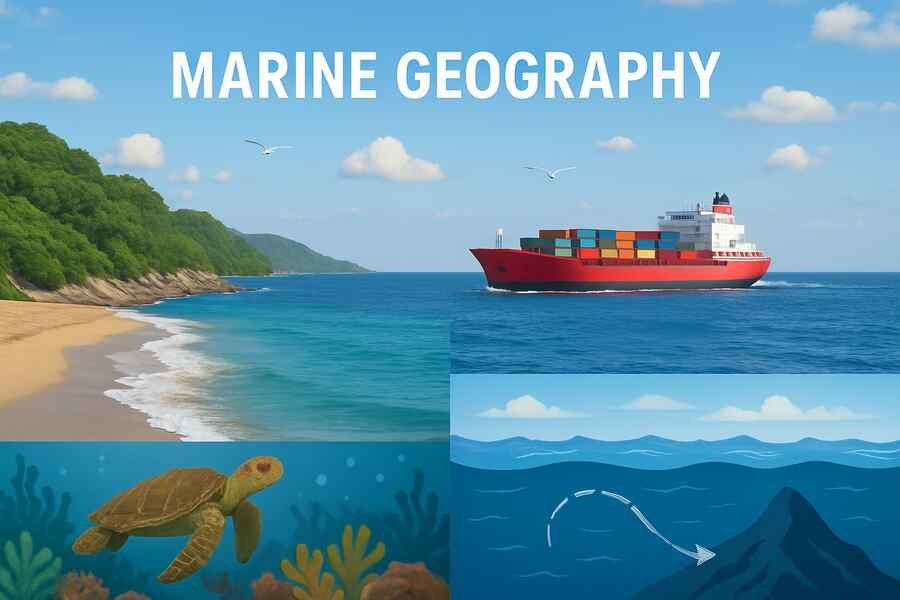Ripple Effect: The Power of Small Actions
In our interconnected world, even the smallest actions can have a profound impact. This concept, often referred to as the “ripple effect,” highlights the idea that a single action can set off a chain of events that produces far-reaching consequences. From personal interactions to societal changes, the ripple effect is a powerful force that shapes our lives and the world around us.
Even the simplest of gestures can spread over time and come back to you directly a few years later.
In this article, we will explore the ripple effect, its underlying principles, and provide real-life examples of how small actions have created significant impacts.
The Ripple Effect in Action:
- Kindness and Compassion: A simple act of kindness or compassion can create a ripple effect that spreads positivity. For instance, paying for someone’s meal in a restaurant may inspire that person to do something kind for someone else, setting off a chain reaction of goodwill.
- Environmental Consciousness: Adopting sustainable practices, such as recycling or using reusable products, can have a ripple effect on the environment. When one person makes these choices, it influences others to follow suit, contributing to a larger movement towards environmental preservation.
- Social Change: Activism and social movements often start with a small group of passionate individuals taking action. Their efforts can ignite a ripple effect that raises awareness, mobilizes communities, and brings about significant social change.
- Innovations and Technology: Groundbreaking inventions and technological advancements often begin with a single idea or discovery. These innovations can have far-reaching effects, transforming industries, improving lives, and shaping the future.
- Personal Growth: Engaging in personal development and self-improvement can create a ripple effect that positively impacts various aspects of life. By focusing on self-growth, individuals become better equipped to contribute positively to their relationships, work, and communities.
Examples of the Ripple Effect:
The “Ice Bucket Challenge”
In 2014, the social media-driven Ice Bucket Challenge went viral, raising awareness and funds for amyotrophic lateral sclerosis (ALS) research. This grassroots campaign started with a single individual and quickly spread worldwide, raising millions of dollars for ALS research and inspiring other charitable challenges.
Rosa Parks and the Civil Rights Movement
Rosa Parks’ refusal to give up her bus seat to a white passenger in 1955 sparked a significant movement for racial equality. Her small act of defiance ignited a ripple effect that led to boycotts, protests, and ultimately, the desegregation of public transportation.
Greta Thunberg and the Youth Climate Movement
Greta Thunberg, a Swedish teenager, started a solitary protest outside the Swedish Parliament, demanding action on climate change. Her individual action gained global attention and inspired millions of young people to join the Youth Climate Movement, amplifying the call for urgent climate action.
Scientific Discoveries
Groundbreaking scientific discoveries can have a ripple effect on various fields and industries. For instance, Albert Einstein’s theory of relativity revolutionized physics and had a profound impact on subsequent scientific research and technological advancements.
Leadership and Inspiration
Influential leaders can create a ripple effect by inspiring others to take action and make a difference. Nelson Mandela, for instance, inspired a nation and the world with his commitment to equality and justice, leading to significant social and political transformations in South Africa and beyond.
Artistic Movements
Art movements have the potential to create ripples of creativity and cultural change. The Impressionist movement, spearheaded by renowned artists such as Claude Monet, Edgar Degas, and Pierre-Auguste Renoir, challenged traditional artistic conventions and had a lasting impact on the art world.
Read also: The Most Famous Paintings in the World
Sportsmanship and Role Models
Exceptional athletes who exhibit sportsmanship and integrity can inspire others to follow suit. Serena Williams, a tennis legend, has not only achieved remarkable success on the court but also serves as a role model for aspiring athletes, inspiring them to pursue their dreams with dedication and resilience.
Social Media Influence
Influencers and public figures on social media platforms have the ability to create a ripple effect by shaping public opinion and inspiring their followers. For example, Malala Yousafzai, a Nobel Peace Prize laureate, utilizes her platform to advocate for girls’ education and has motivated countless individuals to join the fight for equal access to education worldwide.
Humanitarian Efforts
Humanitarians who dedicate their lives to helping others create ripples of compassion and positive change. Mother Teresa, known for her selfless devotion to serving the poor and marginalized, inspired a global movement of compassion and influenced countless individuals to engage in acts of kindness and charitable work.
These examples demonstrate how famous individuals, through their actions and influence, have created ripple effects that extend far beyond their immediate sphere of influence. Their contributions have shaped various aspects of society, inspiring and empowering others to make a difference in their own lives and communities.
Categories
The concept of the ripple effect falls under various categories, including philosophy, sociology, psychology, and even physics.
Philosophy
In philosophy, the ripple effect relates to the interconnectedness of actions and their consequences, highlighting the idea that even small actions can have far-reaching impacts. It aligns with philosophical concepts such as consequentialism, where the morality of an action is determined by its outcomes.
Sociologically
The ripple effect can also be examined sociologically, as it explores how individual actions can influence social dynamics and create a chain reaction of change within communities.
Psychology
Psychologically, it can be understood in terms of social influence and the power of modeling behavior.
Manipulation in Psychology | How to Tell If Someone Is Manipulating You?
Physics
Additionally, the ripple effect has been studied in physics, specifically in the context of wave propagation and how disturbances in one area can spread and affect the surrounding environment.
Overall, the concept of the ripple effect encompasses interdisciplinary perspectives and can be explored within multiple fields, including philosophy. It provides insights into the interconnectedness of our actions and the potential impact they can have on individuals, society, and the world at large.
Conclusion
The power of the ripple effect lies in the interconnectedness of our actions and the potential they have to inspire and influence others. By taking small steps towards positive change, we contribute to a larger movement that can create a better world for everyone. Each act, no matter how insignificant it may seem, has the potential to create a ripple effect that reaches far beyond our immediate surroundings.
The ripple effect demonstrates the power of individual actions to create meaningful and lasting change. Whether it’s a small act of kindness, a commitment to sustainability, or a stand for justice, every action has the potential to create a ripple that extends far beyond its initial impact. By recognizing the influence we have on the world around us, we can consciously choose to make positive contributions and be catalysts for significant transformations.
Sources: PinterPandai, Department of Energy (.gov), BioMed Central
Photo credit (main picture): BlazingFirebug via Pixabay
ADJECTIVES to Describe People | Unveiling the Qualities, Characters of Individuals



